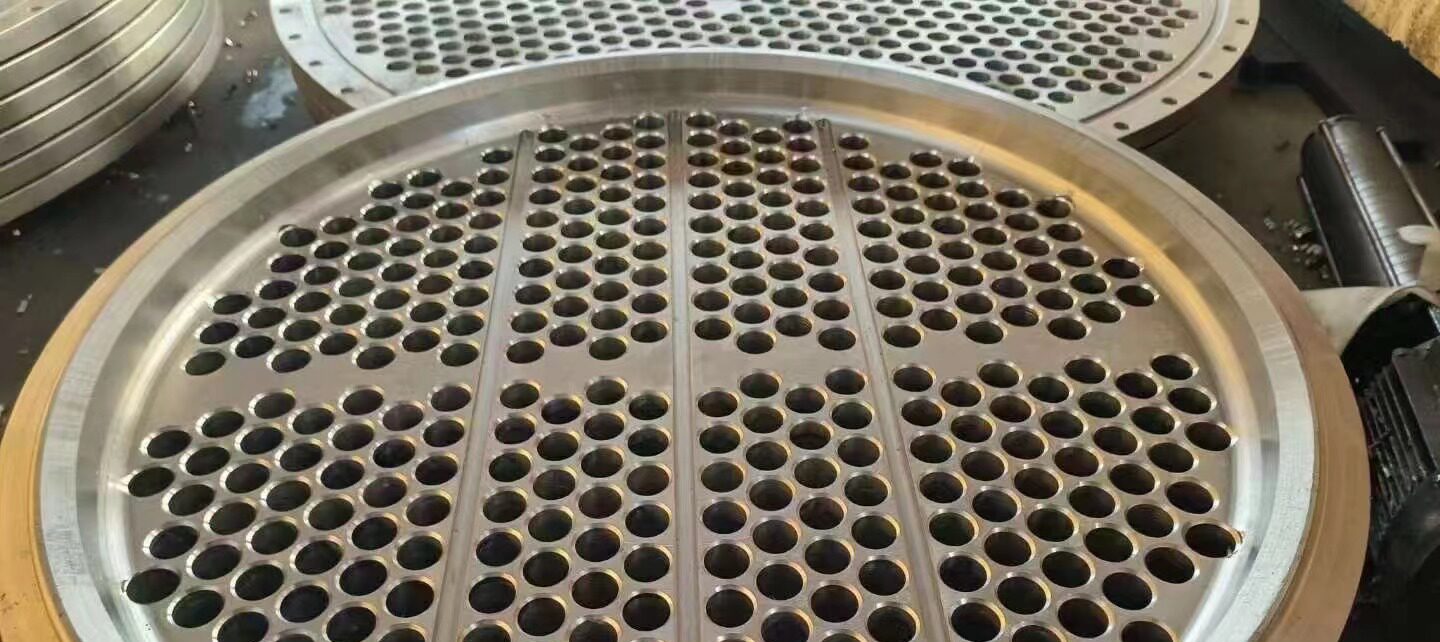Share this
“Flange” usually refers to the connecting part on a pipe, container or equipment, used to connect pipes, valves, pumps, etc. Flange connections are widely used in industrial fields, and different types of flanges have different designs and uses. Here are some common flange types:
1. Weld Neck Flange: This type of flange has a long neck and is suitable for high-pressure and high-temperature environments, commonly used in pipeline systems.
2. Blind Flange: This is a flat flange, typically used to close the end of a pipeline system or for inspection and cleaning purposes.
3. Slip-On Flange: This flange slides over the pipe and is welded in place, typically used in low-pressure and low-temperature systems.
4. Threaded Flange: This flange has internal threads and is suitable for low-pressure and small-diameter piping systems.
5. Socket Weld Flange: The end of this flange matches the outer diameter of the pipe and is connected by welding, suitable for small-diameter, high-pressure systems.
6. Lap Joint Flange: This flange is flush with the end of the pipe and is often used with a stub end for systems requiring frequent disassembly.
7. Flat Face Flange and Raised Face Flange: These flanges have different sealing surfaces; flat face flanges are suitable for non-metallic gaskets, while raised face flanges are typically used with metal gaskets.
8. Spacer Flange: Used to maintain a certain distance between flanges, often employed to prevent vibration transmission to other equipment.
These are just some basic types of flanges, and there are other specially designed flanges for specific applications and environments. The selection of the appropriate flange type depends on the requirements of the piping system, operating conditions, and the desired method of connection.

